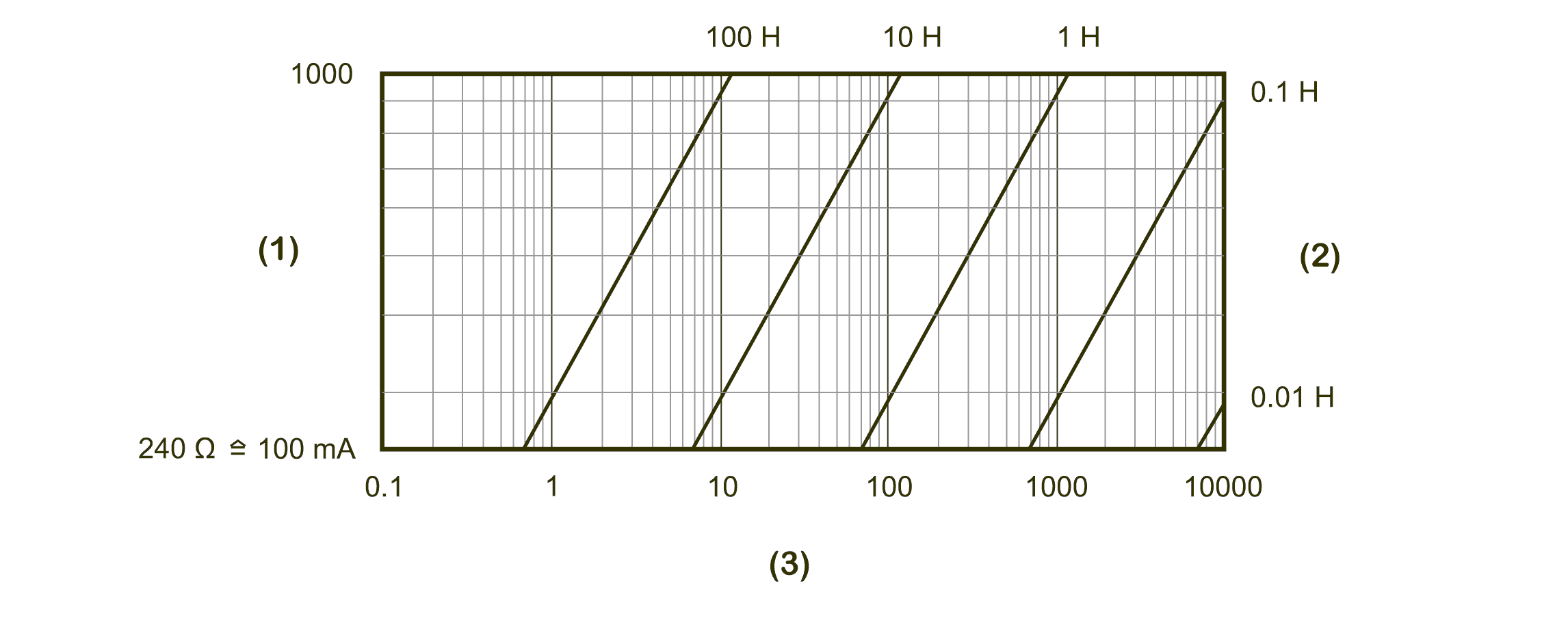TM5SDM8DTS Characteristics
Introduction
This is the description characteristics for the TM5SDM8DTS electronic module. See also Environmental Characteristics.
| DANGER | |
|---|---|
| WARNING | |
|---|---|
General Characteristics
The table below describes the general characteristics of the TM5SDM8DTS electronic module:
|
General characteristics |
||
|---|---|---|
|
Rated power supply voltage Power supply source |
24 Vdc Connected to the 24 Vdc I/O power segment |
|
|
Power supply range |
20.4...28.8 Vdc |
|
|
24 Vdc I/O segment current draw |
62.5 mA |
|
|
TM5 bus 5 Vdc current draw |
2 mA |
|
|
Power dissipation |
1.51 W maximum |
|
|
Weight |
22 g (0.8 oz) |
|
|
ID code for firmware update |
43323 dec |
|
Input Characteristics
The table describes the input characteristics of the TM5SDM8DTS electronic module:
|
Input characteristics |
||
|---|---|---|
|
Number of input channels |
4 inputs |
|
|
Wiring type |
1 wire |
|
|
Rated input voltage |
24 Vdc |
|
|
Input voltage range |
20.4...28.8 Vdc |
|
|
Rated input current at 24 Vdc |
1.3 mA |
|
|
Input impedance |
18.4 kΩ |
|
|
OFF state |
< 5 Vdc |
|
|
ON state |
> 15 Vdc |
|
|
Input circuit |
Sink |
|
|
Input frequency |
40 kHz |
|
|
Additional functions |
|
|
|
Input filter |
Hardware |
≥ 2 μs |
|
Software |
– |
|
|
Isolation |
Between channels and bus |
See note 1 |
|
Between channels |
Not isolated |
|
1 The isolation of the electronic module is 500 Vac RMS between the electronics powered by the TM5 bus and those powered by 24 Vdc I/O power segment connected to the module. In practice, the TM5 electronic module is installed in the bus base, and there is a bridge between the TM5 power bus and the 24 Vdc I/O power segment. The two power circuits reference the same functional ground (FE) through specific components designed to reduce effects of electromagnetic interference. These components are rated at 30 Vdc or 60 Vdc. This effectively reduces isolation of the entire system from the 500 Vac RMS.
Output Characteristics
The table describes the output characteristics of the TM5SDM8DTS electronic module:
|
Output characteristics |
||
|---|---|---|
|
Output channels |
4 outputs |
|
|
Wiring type |
1 wire |
|
|
Output current |
0.1 A maximum per output |
|
|
Total output current |
0.4 A |
|
|
Output voltage |
24 Vdc |
|
|
Output voltage range |
20.4...28.8 Vdc |
|
|
Output circuit |
Sink and/or source |
|
|
Output protection |
|
|
|
Additional functions |
|
|
|
Voltage drop |
< 0.9 V at 0.1 A rated current |
|
|
Leakage current when switched off |
maximum 25 µA |
|
|
Turn on time |
< 2 µs |
|
|
Turn off time |
< 2 µs |
|
|
Automatic rearming after short-circuit or overload |
Yes, 10 ms minimum depending on internal temperature |
|
Time Stamping
The table describes the time stamping units characteristics of the TM5SDM8DTS electronic module:
|
Characteristics |
||
|---|---|---|
|
Number of time stamping units |
4 |
|
|
Input frequency (maximum) |
40 kHz |
|
|
Resolution |
1 µs time stamp function |
|
|
Signal form |
Square wave pulse |
|
|
Sensor supply |
Module-internal, maximum 600 mA |
|
